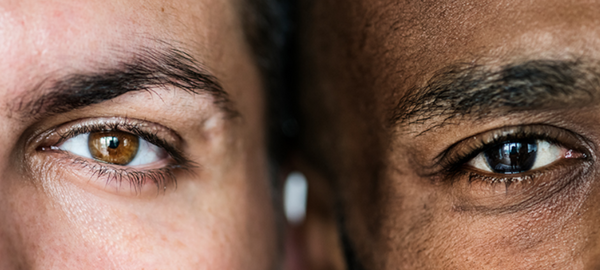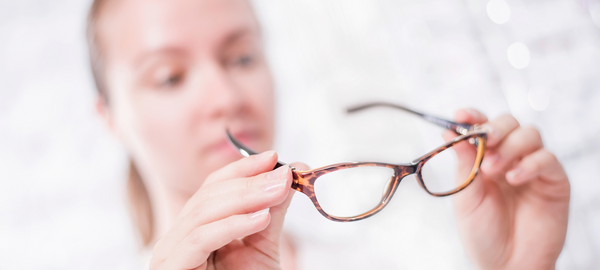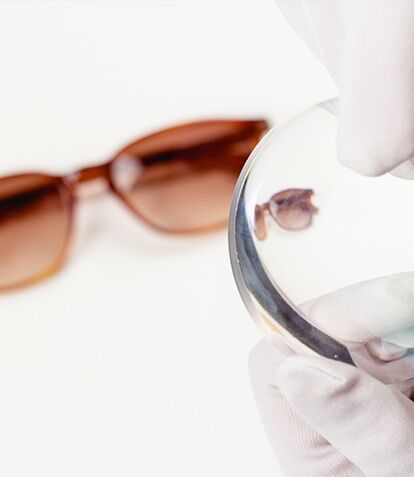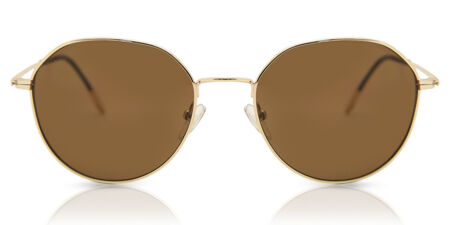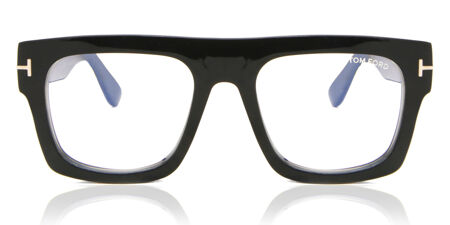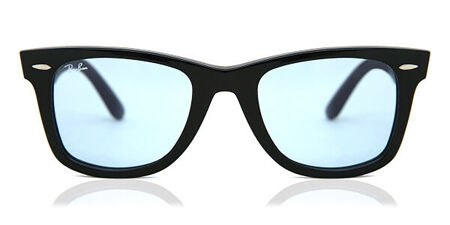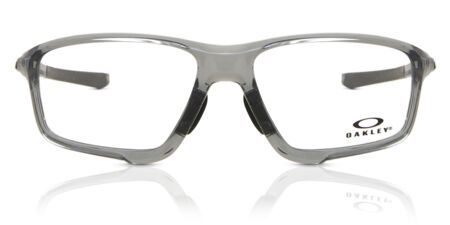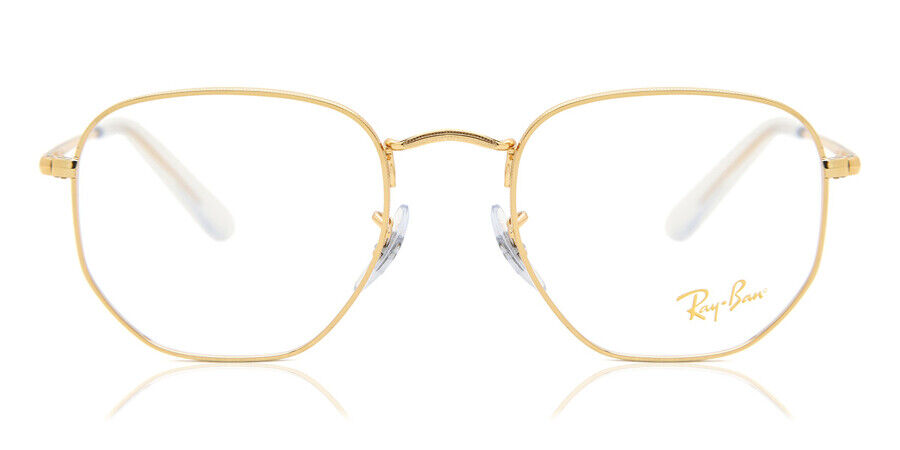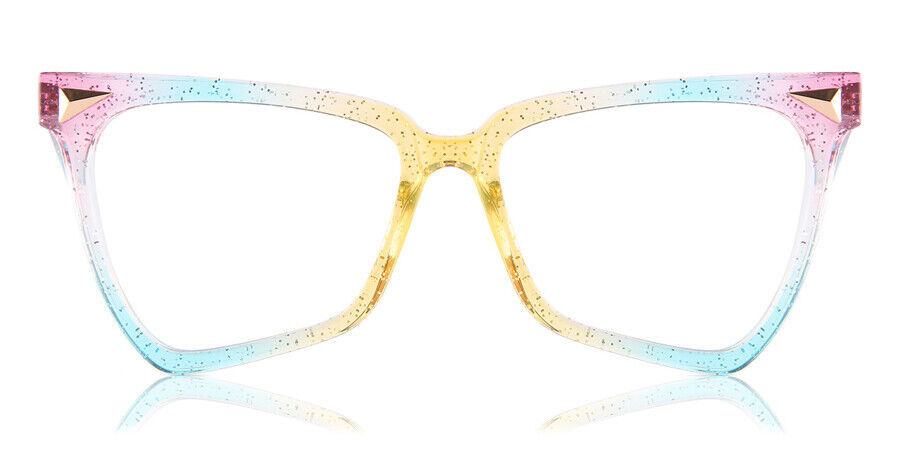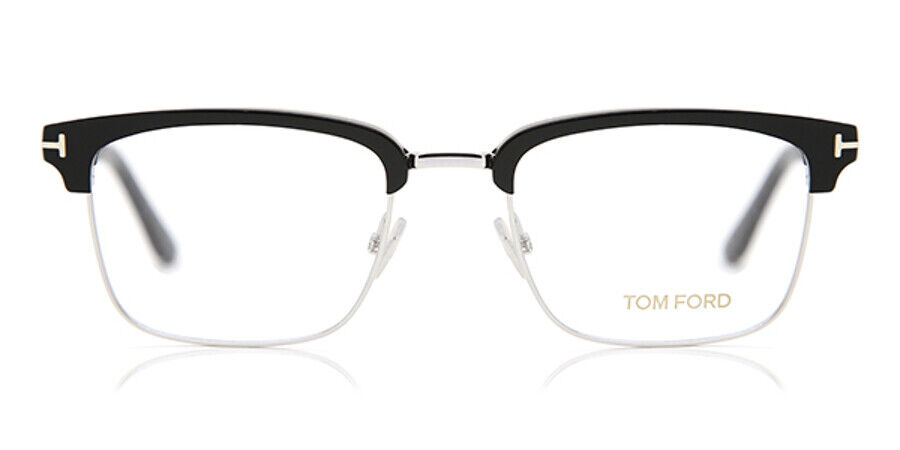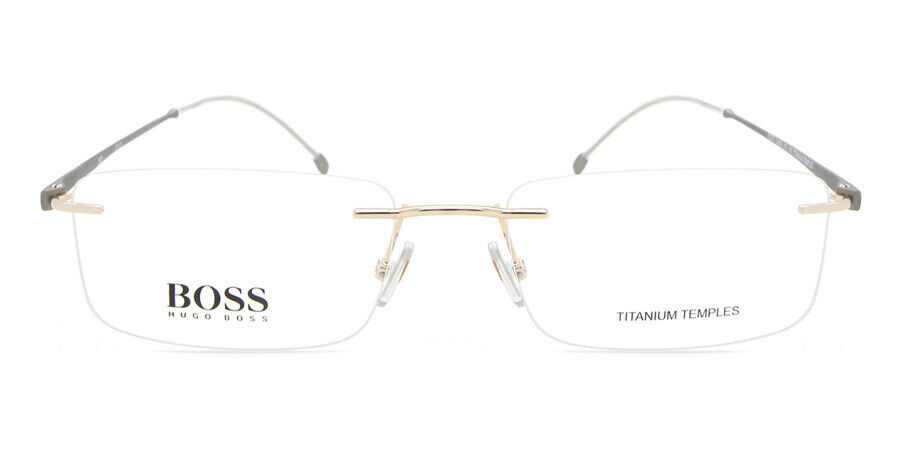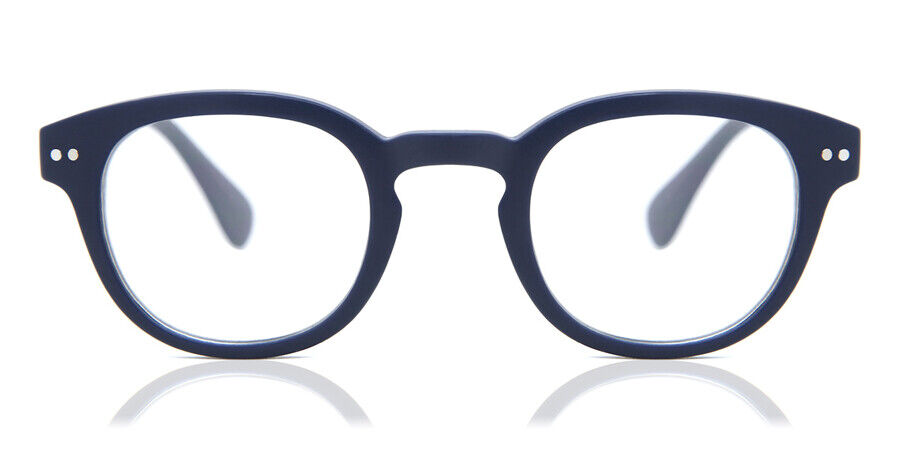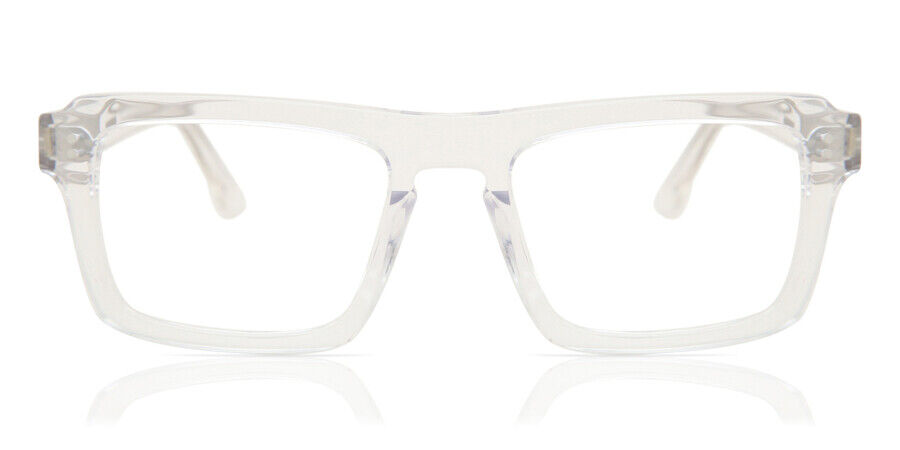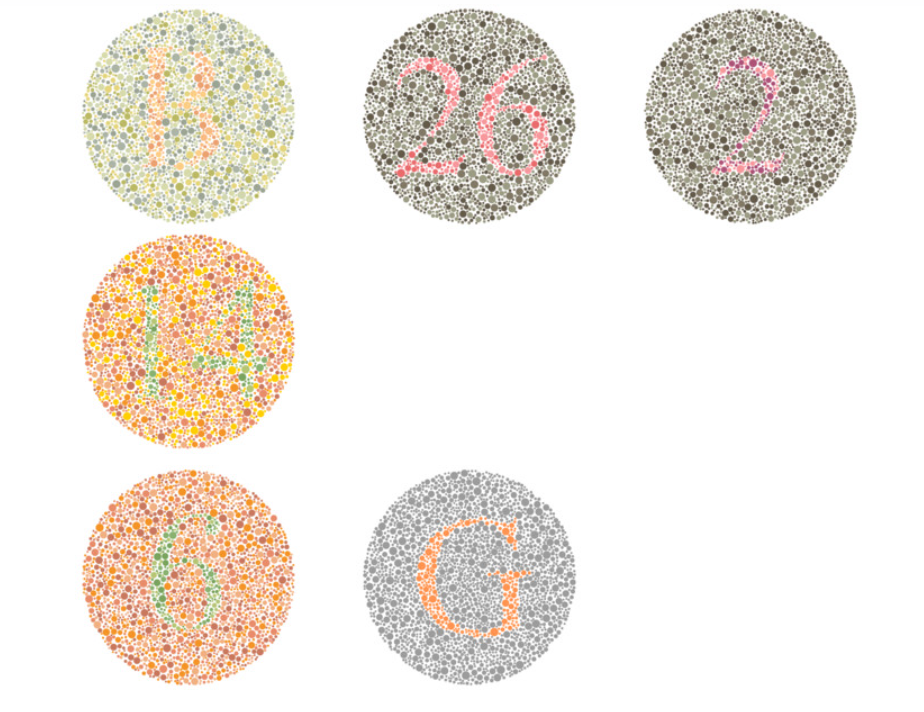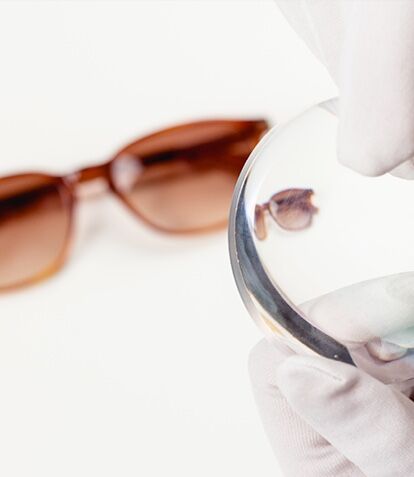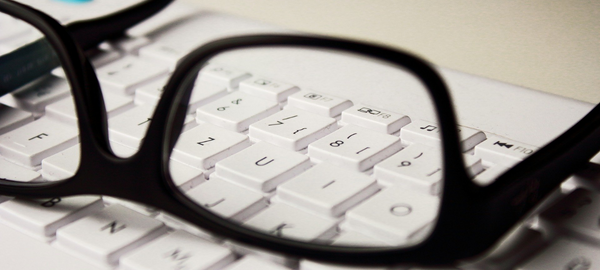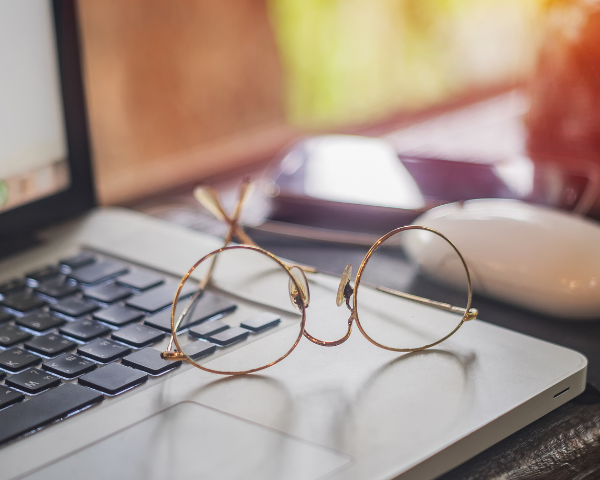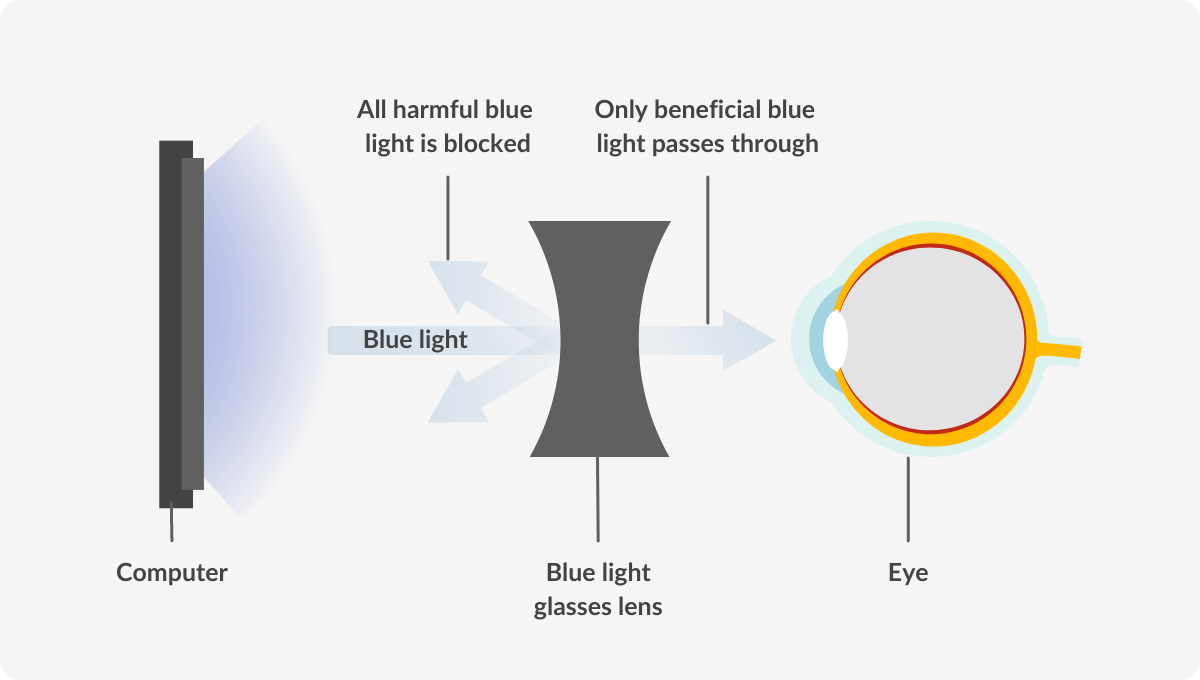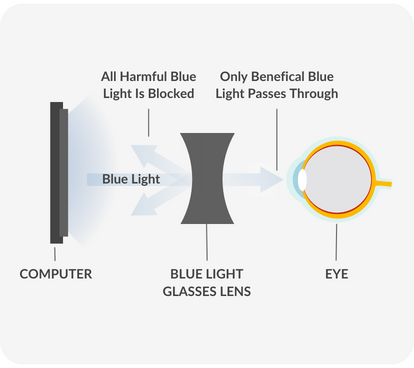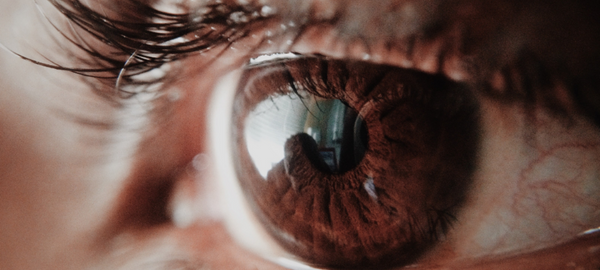
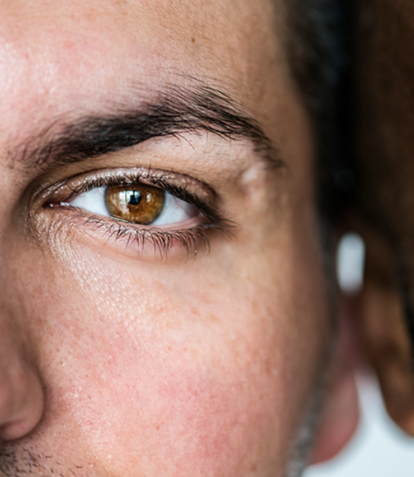
How does The Eye Work?
After the brain, the eye is perhaps the second most complex organ in the whole human body. With over one hundred million photoreceptive cells squeezed into a spherical ball that is one-inch in diameter, this organ processes light in a way that allows our brain to visualize the bright and colorful world around us. But how does our brain receive these images? How does the eye work?
From the cornea to the retina
Light that is reflected off of objects around us enters the eye through the cornea, which focuses all the light from every direction through to the pupil. The pupil will contract or dilate according to the quantity of light exposure, allowing just the right amount of light to enter.
From the pupil, the light travels through to the lens, which has a convex shape that focuses the light even further onto the retina, which is located at the back of the eye. The more accurately the lens focuses light onto the retina, the clearer vision you will receive.
Myopia
In conditions of myopia (nearsightedness), the lens focuses the light on a point before the retina, making it harder to see distant objects clearly. A common reason that people become nearsighted during childhood is that their eyes grow, increasing the distance between the retina and the lens, though the focus of the lenses does not change.
Rods and cones
The retina itself is made up of millions of light-sensitive rods and cones. The rods are more sensitive, meaning they can detect much lower levels of light. The fovea is where the most rods and cones are concentrated on the retina, which is where light should focus and become the most clear vision. This is why during the day when our pupil is more constricted we see better, then when our pupil is dilated and light is flooding the eye as much as it can, we squint to focus the light on the fovea.
In fact, our night vision comes almost entirely from the rod cells. However, the rods can only absorb one pigment of light, which means they cannot distinguish colors well, and that is why we cannot see much color at night.
The cone cells on the other hand, are better adapted for brighter light conditions and contain three different types of receptive proteins (short, medium and long) which are designed to absorb red, green and blue light respectively. Color blindness results from having an imbalanced number of these three types of cells in the retina. So, if you have more short cones and less medium and long ones, you will not be able to distinguish red and green light as well as blue.
Light processed as chemical signals in our brain
As light hits the retina’s photo-receptors, it is then converted into electro-chemical signals which travel out of the back of the eye and into the brain via a chord of fiber called the optic nerve. These signals reach a central processing center in the middle of the brain called the thalamus, which is responsible for processing all our senses, and then sent all the way to the back of the brain, where our visual cortex is located. It is here in the visual cortex where our brain uses the light wavelengths that our eyes absorb to produce the images that we see every single day.
How does The Eye Work?
After the brain, the eye is perhaps the second most complex organ in the whole human body. With over one hundred million photoreceptive cells squeezed into a spherical ball that is one-inch in diameter, this organ processes light in a way that allows our brain to visualize the bright and colorful world around us. But how does our brain receive these images? How does the eye work?
From the cornea to the retina
Light that is reflected off of objects around us enters the eye through the cornea, which focuses all the light from every direction through to the pupil. The pupil will contract or dilate according to the quantity of light exposure, allowing just the right amount of light to enter.
From the pupil, the light travels through to the lens, which has a convex shape that focuses the light even further onto the retina, which is located at the back of the eye. The more accurately the lens focuses light onto the retina, the clearer vision you will receive.
Myopia
In conditions of myopia (nearsightedness), the lens focuses the light on a point before the retina, making it harder to see distant objects clearly. A common reason that people become nearsighted during childhood is that their eyes grow, increasing the distance between the retina and the lens, though the focus of the lenses does not change.
Rods and cones
The retina itself is made up of millions of light-sensitive rods and cones. The rods are more sensitive, meaning they can detect much lower levels of light. The fovea is where the most rods and cones are concentrated on the retina, which is where light should focus and become the most clear vision. This is why during the day when our pupil is more constricted we see better, then when our pupil is dilated and light is flooding the eye as much as it can, we squint to focus the light on the fovea.
In fact, our night vision comes almost entirely from the rod cells. However, the rods can only absorb one pigment of light, which means they cannot distinguish colors well, and that is why we cannot see much color at night.
The cone cells on the other hand, are better adapted for brighter light conditions and contain three different types of receptive proteins (short, medium and long) which are designed to absorb red, green and blue light respectively. Color blindness results from having an imbalanced number of these three types of cells in the retina. So, if you have more short cones and less medium and long ones, you will not be able to distinguish red and green light as well as blue.
Light processed as chemical signals in our brain
As light hits the retina’s photo-receptors, it is then converted into electro-chemical signals which travel out of the back of the eye and into the brain via a chord of fiber called the optic nerve. These signals reach a central processing center in the middle of the brain called the thalamus, which is responsible for processing all our senses, and then sent all the way to the back of the brain, where our visual cortex is located. It is here in the visual cortex where our brain uses the light wavelengths that our eyes absorb to produce the images that we see every single day.





































